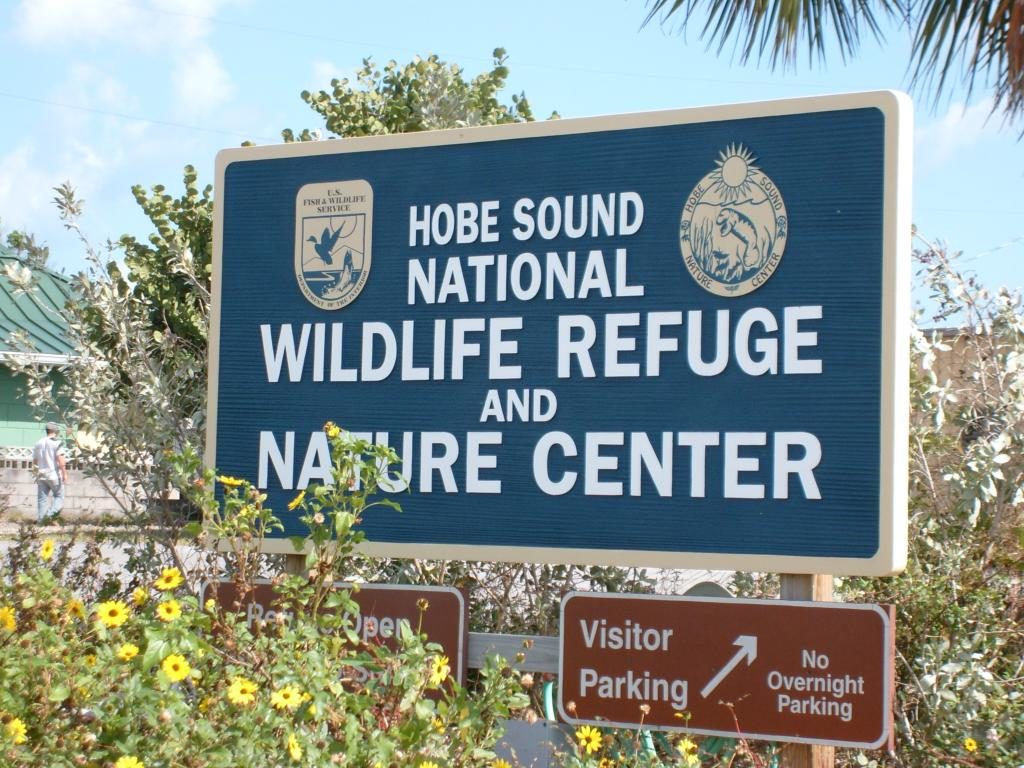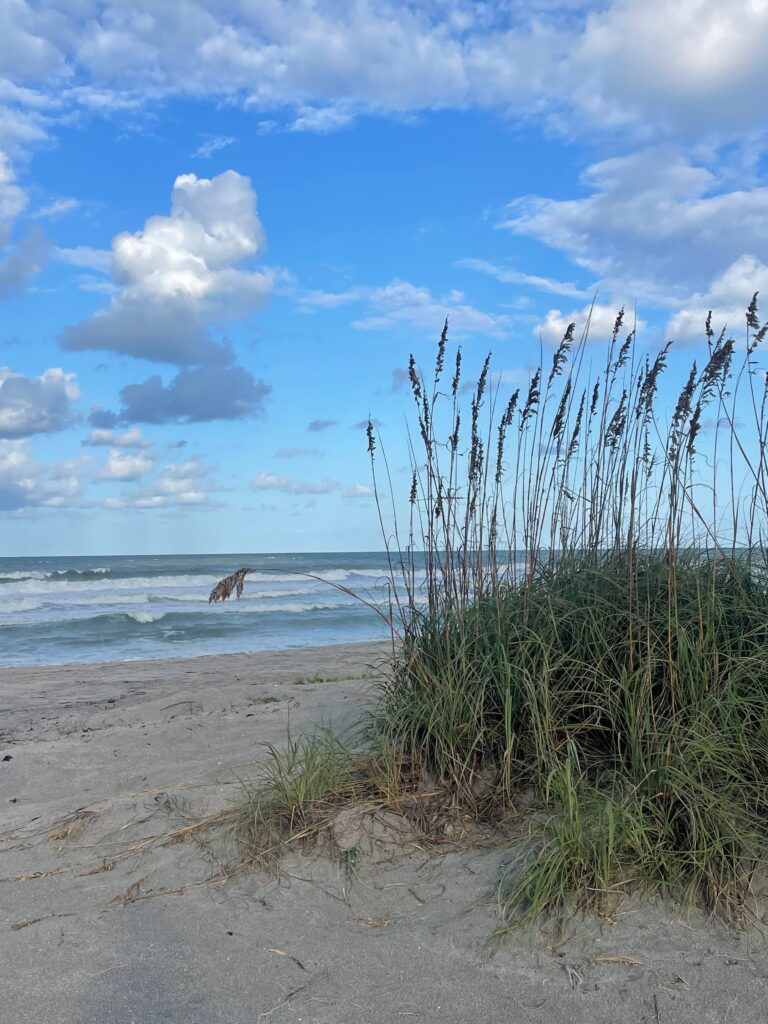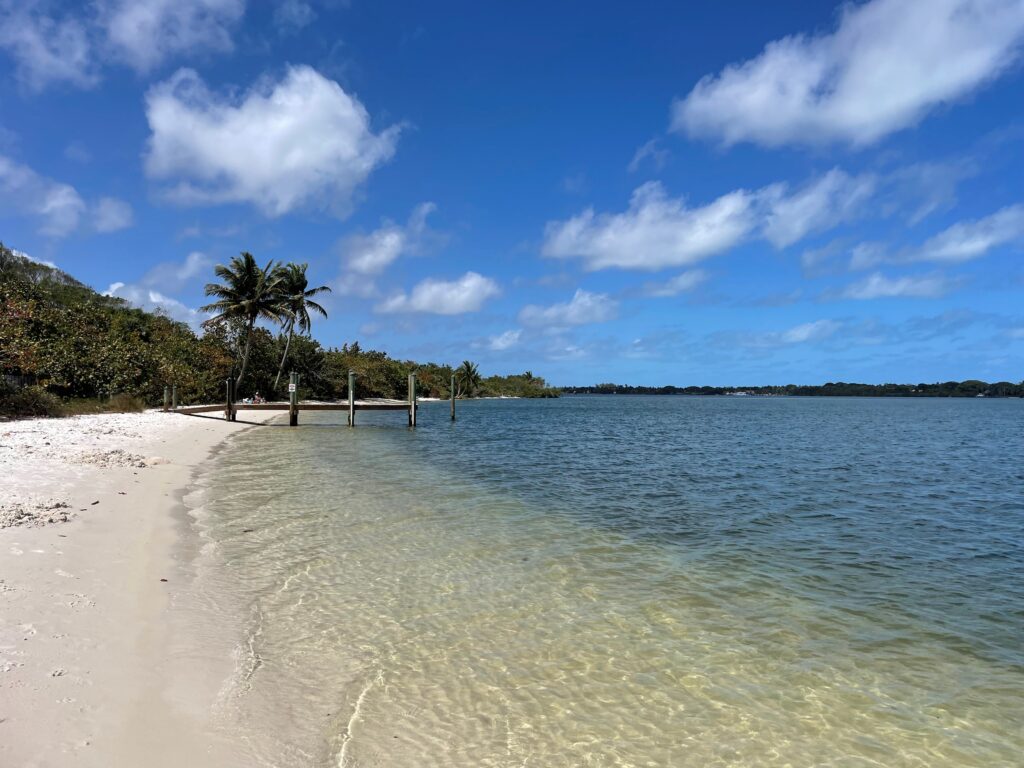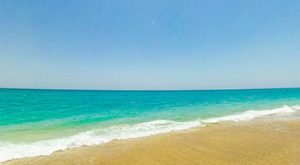Hobe Sound National Wildlife Refuge





Hobe Sound National Wildlife Refuge is a coastal refuge bisected by the Indian River Lagoon into two separate tracts of land totaling over 1000 acres. The 735- acre Jupiter Island portion provides some of the most productive sea turtle nesting habitats in the United States. Hobe Sound Nature Center offers both on and off-site native wildlife presentations and field experiences to local areas. Nature trails allow for hikes on estuaries, barrier islands, and sand pine scrub. A highly popular event is the sea turtle walk program, held on warm, summer nights from the end of May through mid-July. Reservations are required, and the center begins taking them as early as April 1 each year.
Location







